
This is a complaint I hear often - both in the comments section of this blog and from (commercial) artist friends I respect and admire. "What the hell is wrong with this generation of illustrators?" they ask. "Why have they not been taught the importance of learning how to draw well?"
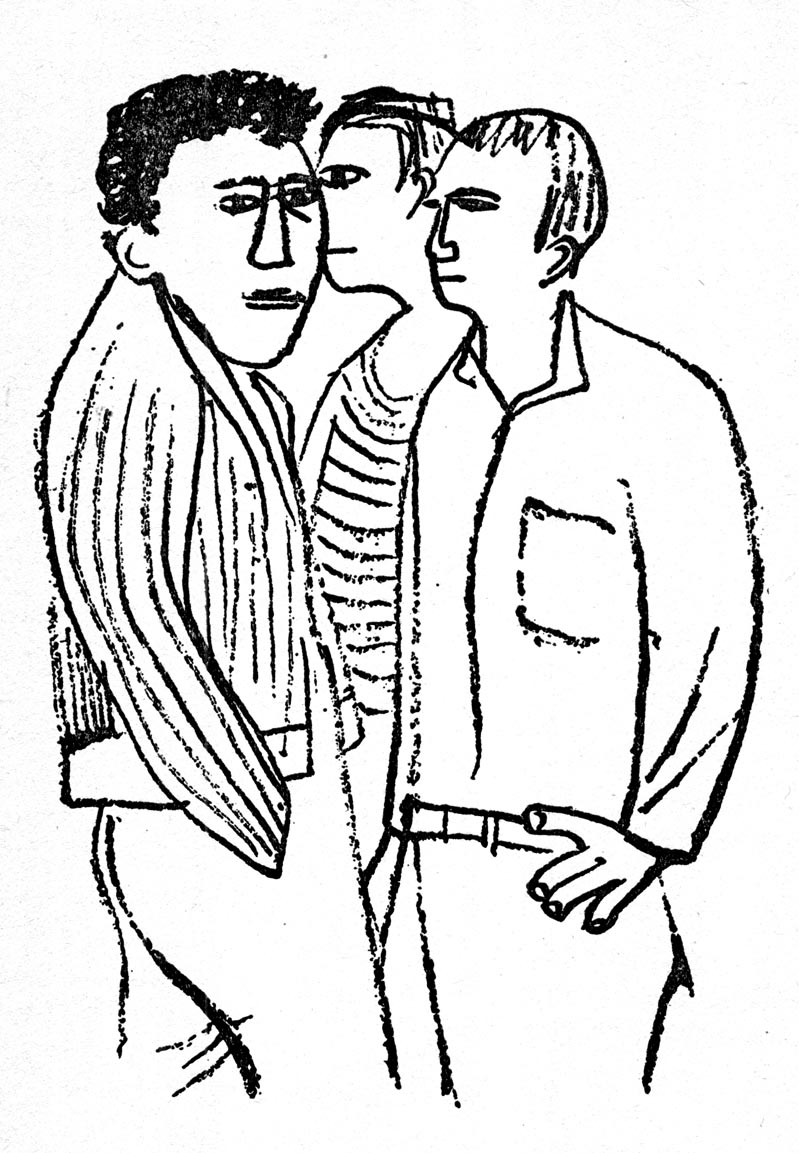
Have art schools abandoned the teaching of fundamental skills and instead embraced that same b.s. 'anything goes' philosophy that has many of us rolling our eyes at the the pile of junk heaped on the floor of some gallery and called an "installation piece"?
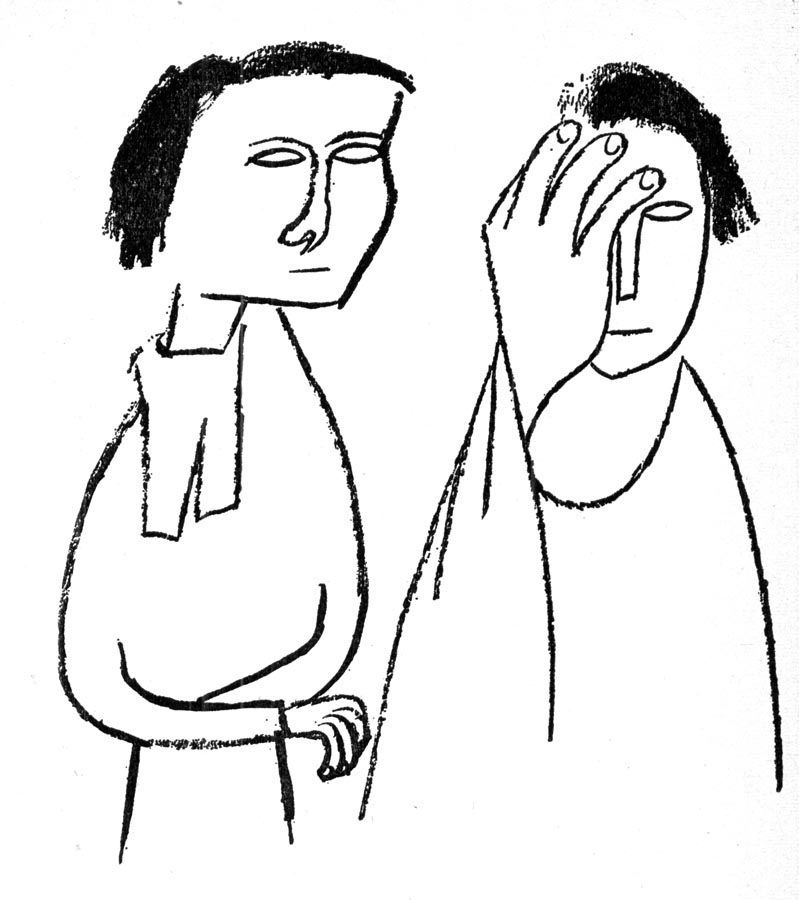
Is it all about "expressing your feelings" these days - oh the angst of youth! - and craft be damned?
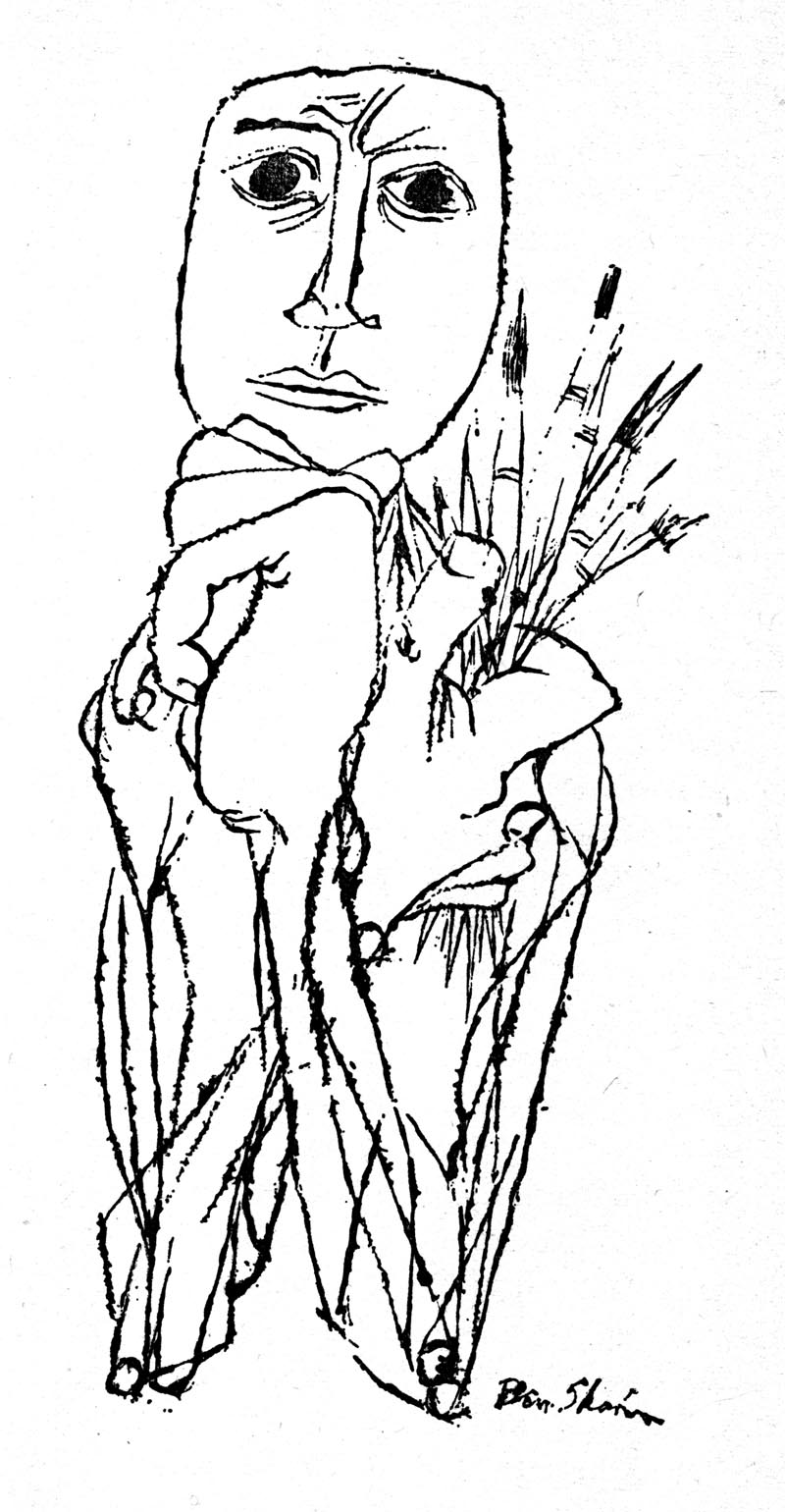
Of course this is nothing new. Bad drawing and artsy-fartsy touchy-feeliness has been an acceptable part of the commercial art scene for a very long time. The question is, when did it become acceptable and who was responsible for steering the ship into these uncharted waters? More than half a century ago an entire generation of illustrators - many of them with styles very firmly rooted in classical realism - were profoundly influenced by an artist named Ben Shahn. As you can see from all of the examples so far in today's post, Shahn couldn't (or chose not to) draw very well. At all.
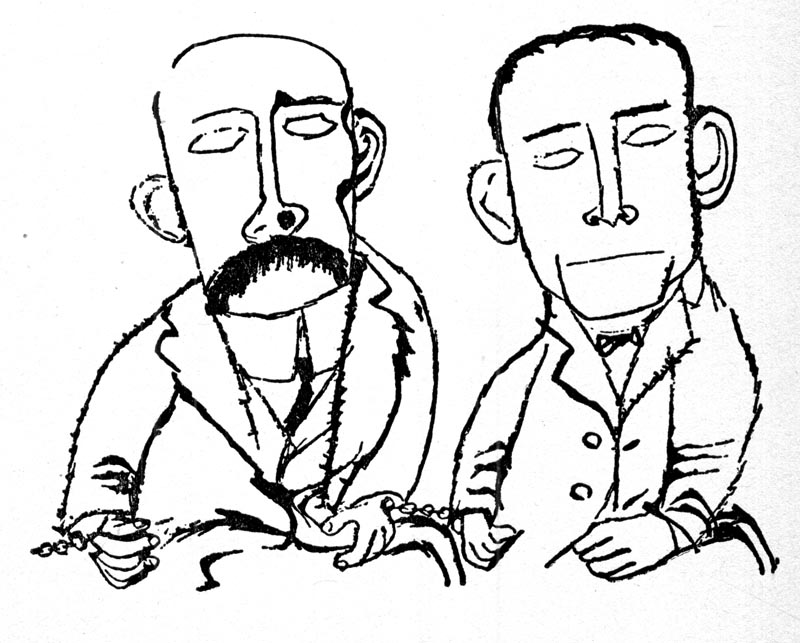
Yet Shahn was described in an article in the January 13, 1953 issue of Look magazine as "one of the dominant influences in American art today and a major figure in the world of painting."
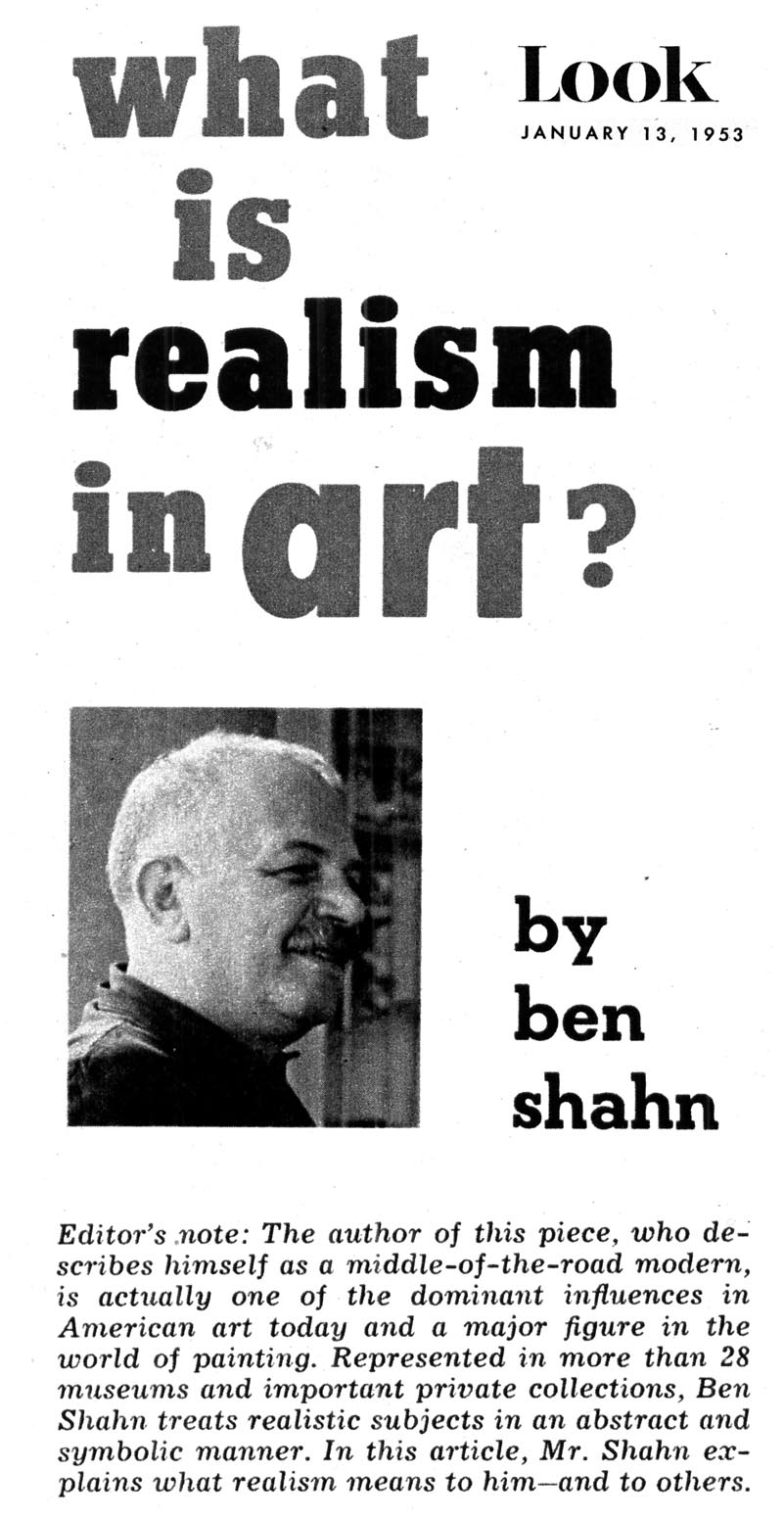
If you are, like my friend, of a certain mind, you may be understandably wary of "the world of art" - and might therefore be predisposed to reject Look magazine's glowing endorsement of Shahn. I ask then that you consider instead the many mid-century illustrators who reference Ben Shahn as a pivotal influence on their work - and on the field of illustration in general. For instance...
- Last week's subject, Merle Basset, told me in one breath, "I felt good drawing was the foundation for all excellent illustrations." and in the next, "I think I was influenced by many of the great artists at that time and Ben Shahn was one of my favorites."
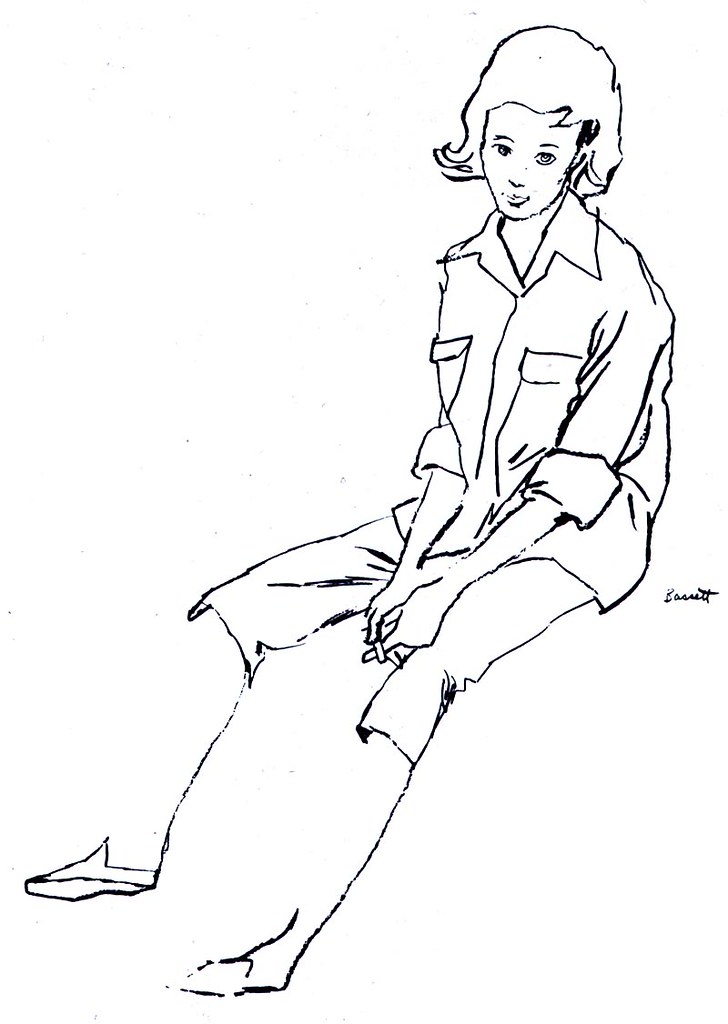
- In his biography, Charles Wysoki (the artist we determined had done the 1960 Dodge Trucks illustrations we looked at a couple of weeks ago) says, "I was and am probably still greatly influenced by the paintings of Rousseau, Winslow Homer, Andrew Wyeth, Edward Hopper, Ben Shahn, Norman Rockwell and, of course, Grandma Moses."
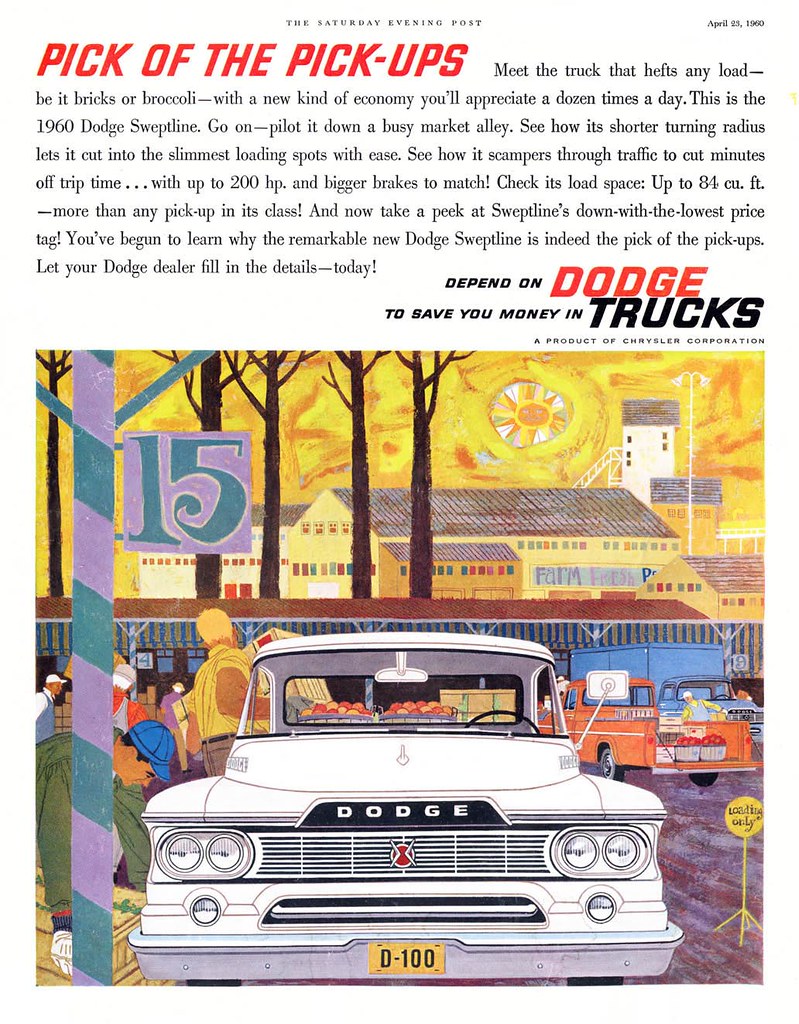
- Bryn Havord wrote on this very blog about his friend Brian Sanders that he was, "heavily influenced by Ben Shahn..."
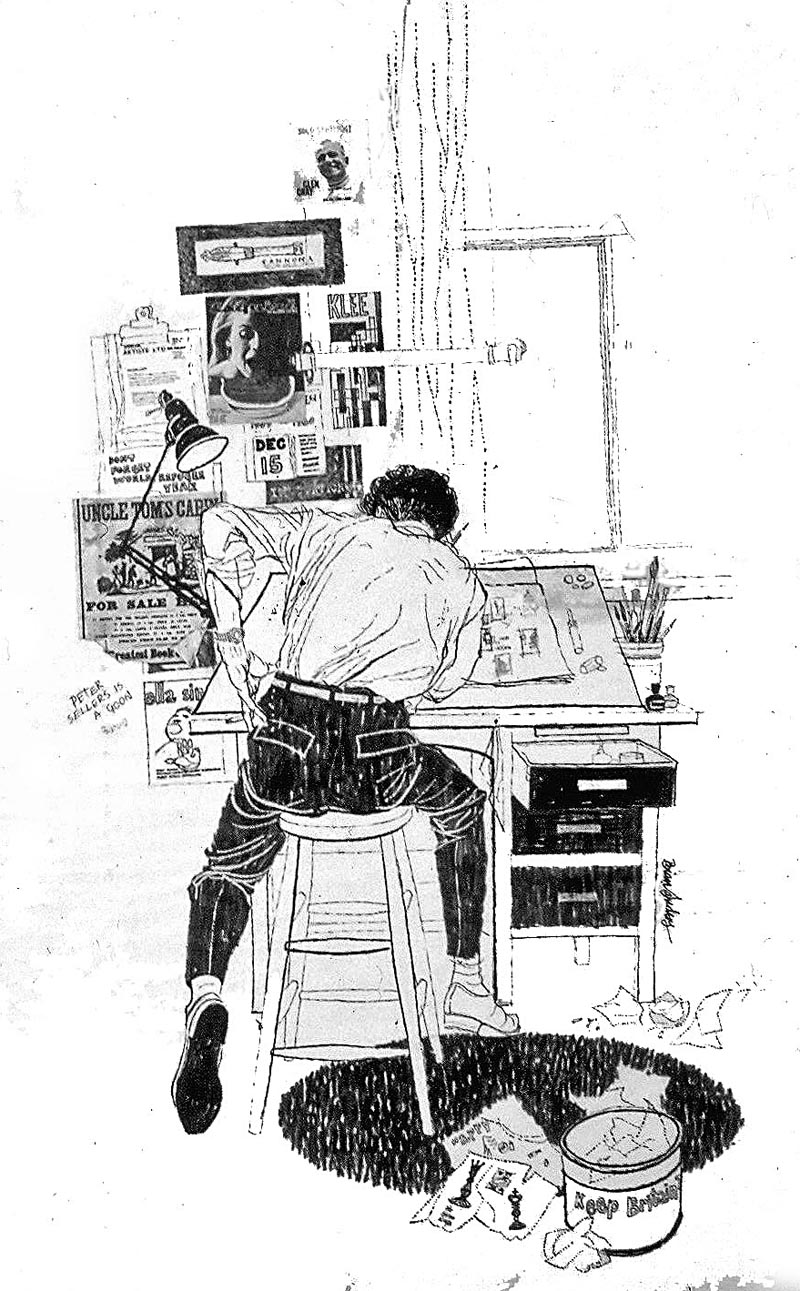
- Also from the biography of Anthony Saris, presented here on the blog in November 2009, "Saris cited the work of Ben Shahn, Paul Klee, George Grosz among those he most admired and studied."

- When I asked Sandy Kossin about his important influences, he wrote back, "I do give a lot of credit for any drama and design I use to David Stone Martin and Ben Shahn. Shahn, who I never met, but was alive while I was in art school, opened my eyes to not only shape-making, but the use of 'layers' of color over underpainting, and the judicious use of color."

- Describing his early influences, Harry Borgman said, "I liked Paul Gauguin, Paul Klee, Ben Shahn..."
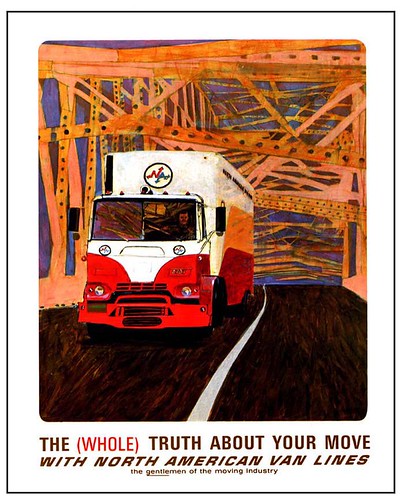
- And when Anita Virgil wrote about her husband Andy's career she said, "Andy was "weaned" on so many of the great names in illustration -- and even beyond. He admired the work of Ben Shahn who offered a kind of bridge from the fine arts to the commercial... and certainly many of Shahn’s potent design concepts for years influenced commercial illustration. "
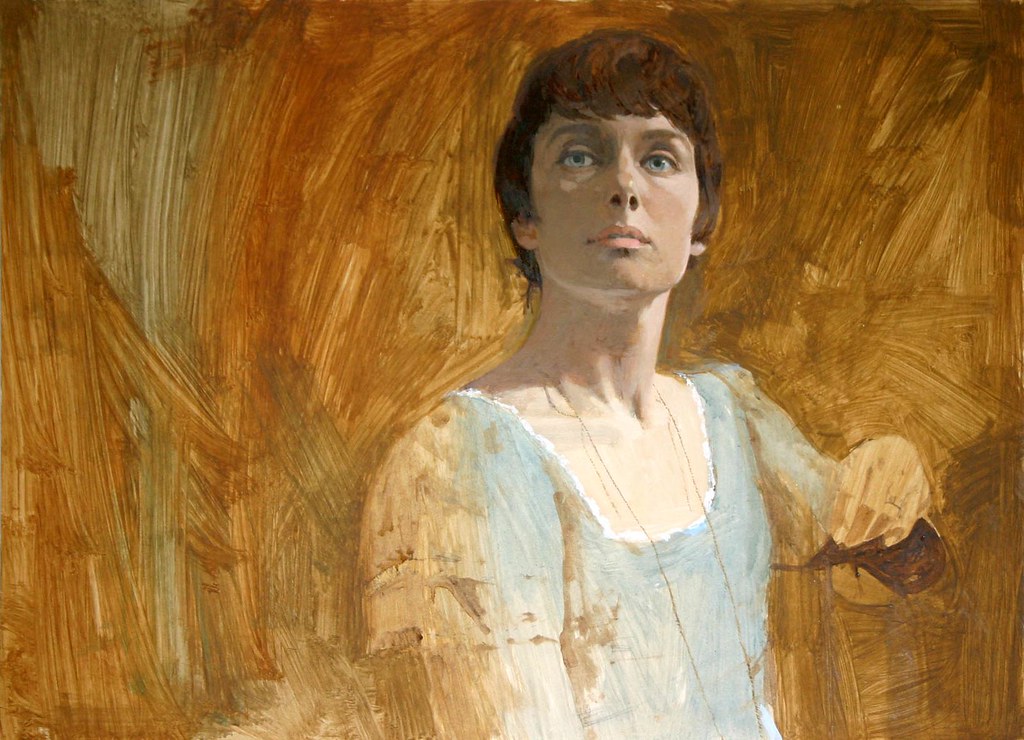
- Then there's this compelling quote from none other than Murray Tinkelman, who told Peg Nocciolino that Ben Shahn was an "emblematic and pivotal illustrator ... responsible for the new look of illustration that started in the 50's."
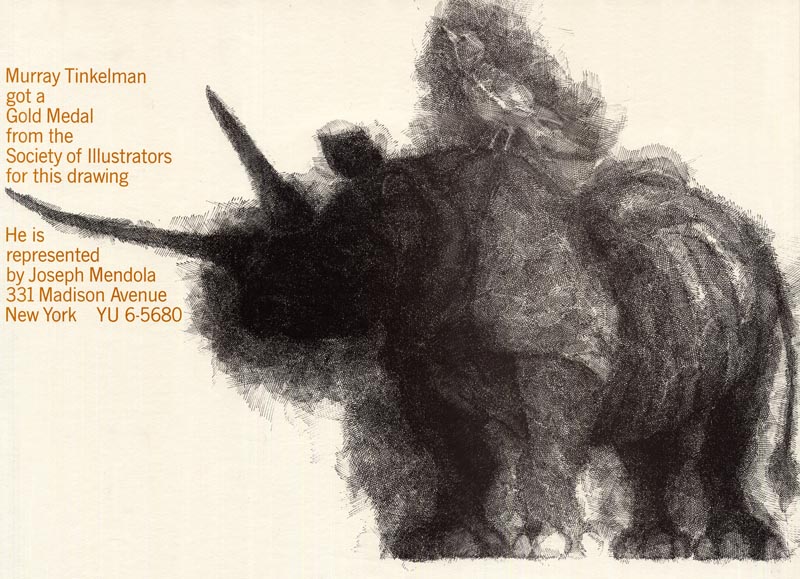
- Finally, from Walt Reed's book, "The Illustrator in America": "Ben Shahn had a major impact on American illustration through his own work, and also by example through younger illustrators."
(It goes without saying that David Stone Martin could be considered the most prominent of those younger illustrators).
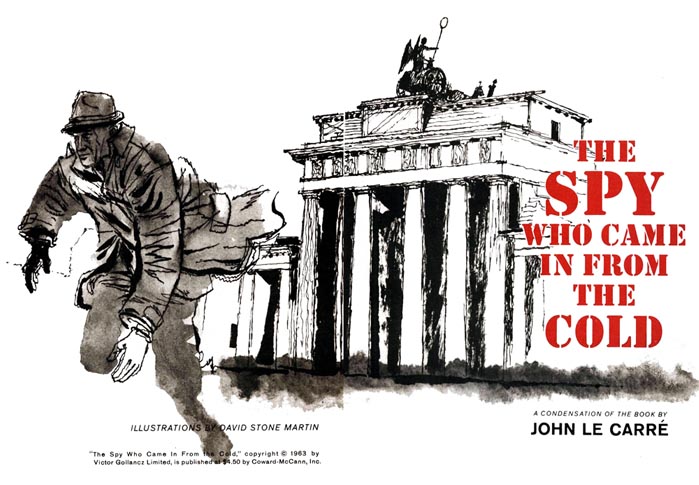
Taking all of these endorsements under consideration (and they are, I'm sure, only a small sample of what you could find with further research) one has to wonder...
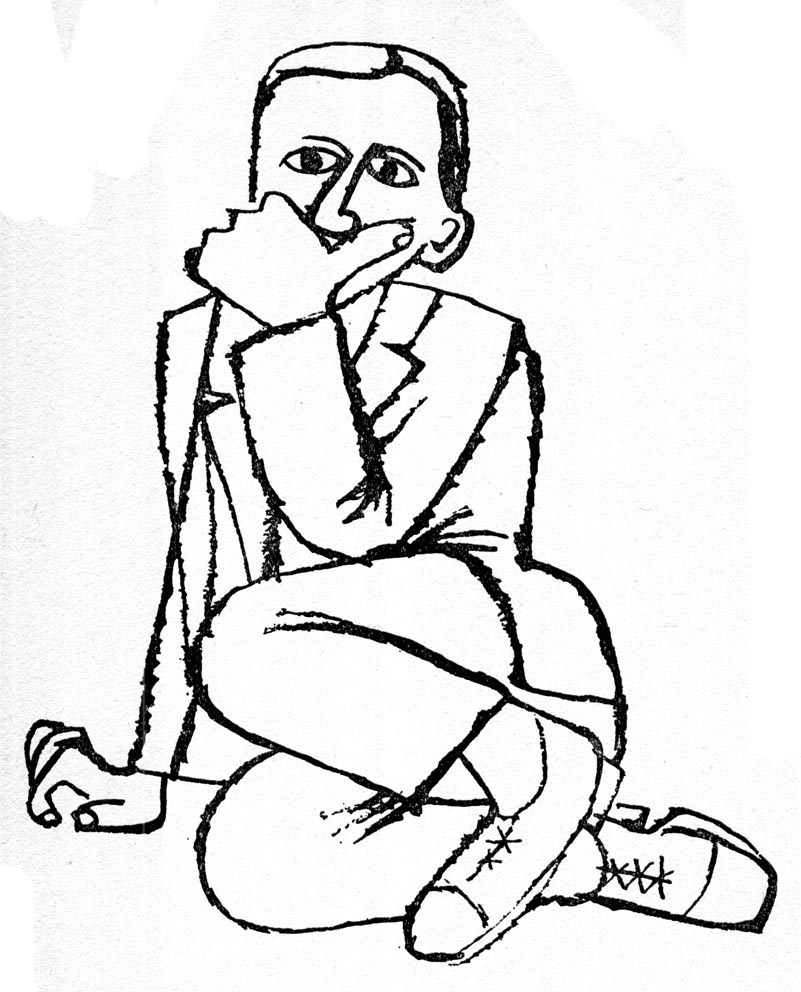
If Ben Shahn really did play the pivotal role in changing the look of illustration as Murray Tinkelman declares...
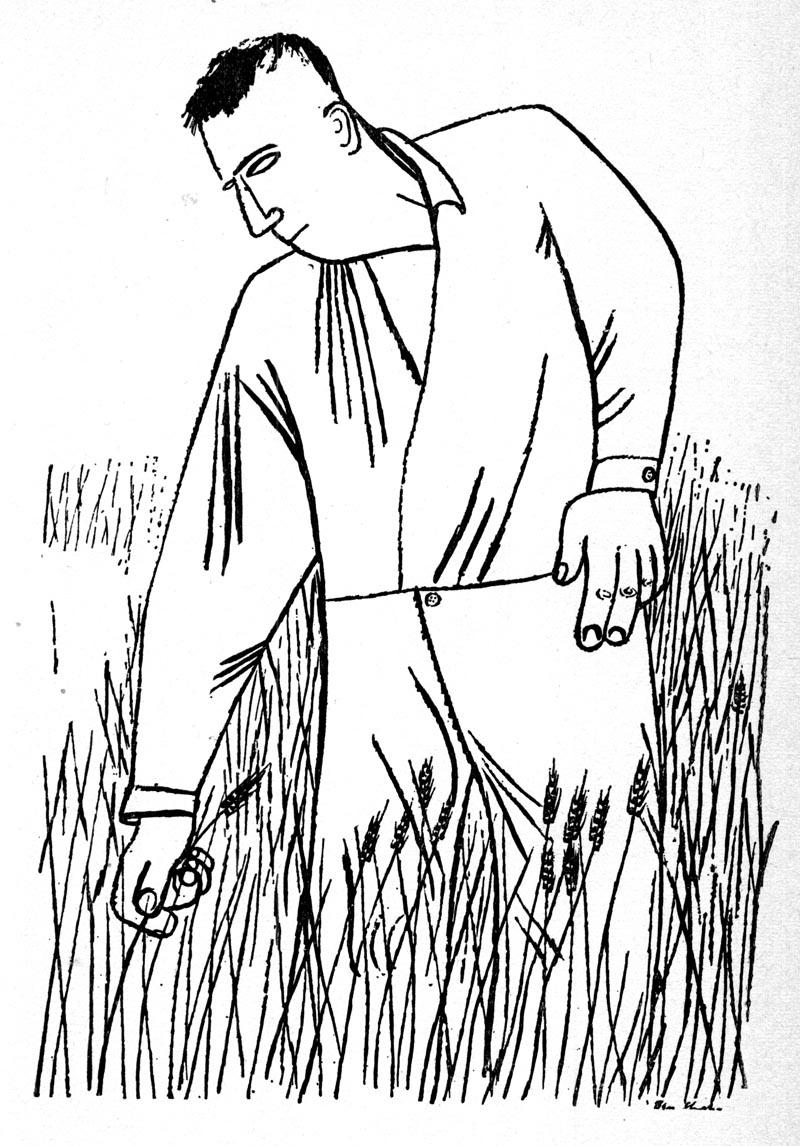
If Shahn freed illustrators from the burden of craft (in other words, if he legitimized "bad drawing")...
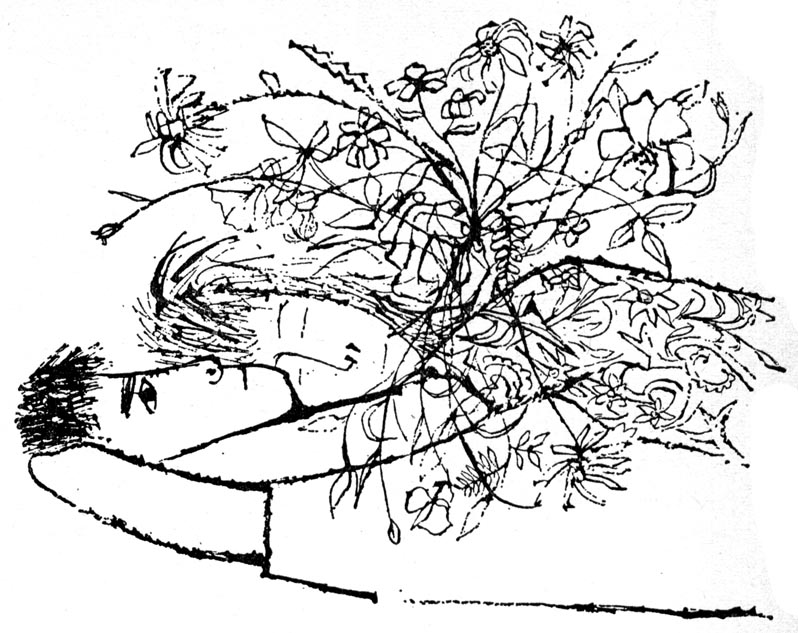
... if he singlehandedly steered a generation of illustrators away from classical realism so they might explore other types of picture making - and in turn influence generation after generation of young illustrators to this day...
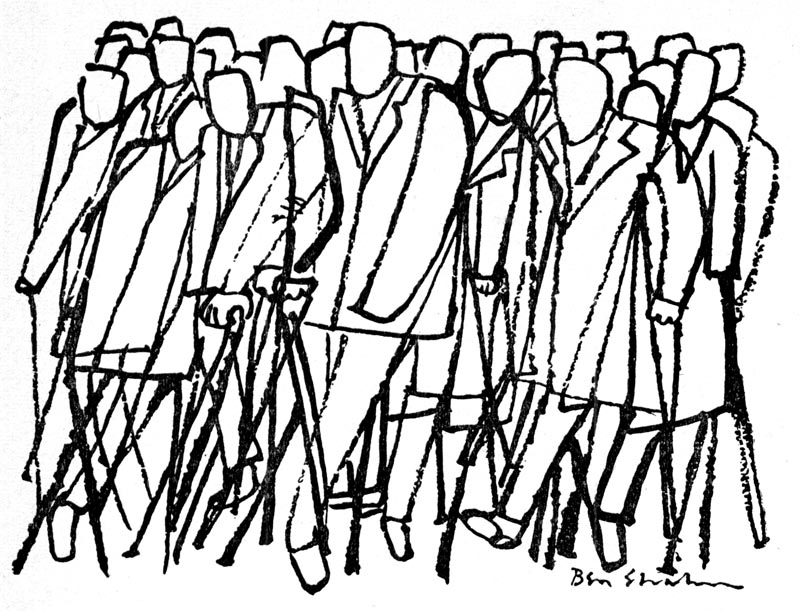
... wouldn't that make Ben Shahn the most influential illustrator of the 20th century?






0 comments:
Post a Comment